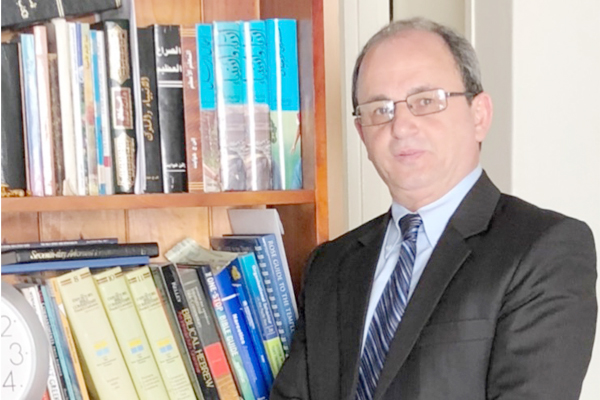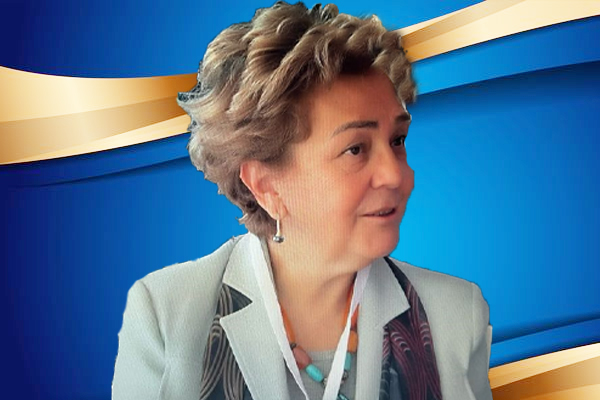


Two new members have been appointed to the Reserve Bank’s new-look monetary board, which will prompt the ire of the Coalition, which had demanded it be kept the same.
Marnie Baker, who was Bendigo Bank chief executive until recently, and Australian National University economics professor Renee Fry-McKibbin will join the Reserve Bank’s monetary board for five-year terms.
They will begin in March when the RBA’s board is formally split in two, with a monetary board that will control interest rates, and a governance board to manage the central bank’s affairs.
Ms Baker and Professor Fry-McKibbin fill seats vacated by two members who will move to the governance board along with four new external members: former Business Council boss Jennifer Westacott, former Telstra and IBM chief executive David Thodey, business leader Danny Gilbert and senior banking executive Swati Dave.
Carolyn Hewson, Ian Harper, Iain Ross and Alison Watkins will remain on the monetary board, with all of the existing members offered the choice of which board to sit on.
Treasurer Jim Chalmers said the appointments had been made on the advice of a panel comprised of Treasury secretary Steven Kennedy, Reserve Bank governor Michele Bullock and former treasury secretary Martin Parkinson.
“These appointments are one part of the biggest set of reforms undertaken at the Reserve Bank in more than three decades,” Mr Chalmers said in a statement.
“These changes show we can maintain a primary focus on inflation and the cost of living while we keep the reform wheels turning.”
Both the monetary board and governance board will have nine members, and be chaired by Ms Bullock and her deputy governor Andrew Hauser.
The Treasury boss, Steven Kennedy, and the RBA’s chief operating officer fill the remaining spots on the monetary and governance boards respectively, sitting alongside the six external members on each board.
Board refresh likely to vex Coalition
For months the treasurer has consulted on who would sit on those boards, including with Shadow Treasurer Angus Taylor, in an attempt to seek bipartisan agreement.
Mr Taylor had demanded publicly and privately that when the reformed RBA boards were established, the existing board members all remain on the monetary board — or else it would be perceived as an attempt by the government to influence the Reserve Bank’s decisions on rates.
Mr Chalmers said he had spoken with Mr Taylor on Friday about the proposed appointments, which he had first raised in July.
“My preference all along, as you know, was to include the other big governing party. When that became impossible, when Angus Taylor’s party room had a different view to him, I had to play the cards I was dealt with in the Senate,” Mr Chalmers said.
“But I still intend to ensure that the future of the Reserve Bank is beyond politics.
“Both of these names that are being appointed to the monetary policy board were first mentioned to the shadow treasurer in July. I won’t go into the conversation but I can say that we provided those names to him and three of he four names in the governance board.
“And so people should expect that type of consultation to continue because the future of the Reserve Bank should be beyond party politics.”
Responding to the changes, the shadow treasurer did not take issue with the appointments of either Ms Baker or Professor Fry-McKibbins, but he repeated assertions that replacing members amounted to political interference.
“We know that a reserve bank or any central bank that does not have independence, that does not have stability, will find it extremely challenging to bring down inflation and interest rates on a sustainable basis,” Mr Taylor said.
The recommendation to create separate boards was an uncontroversial finding of a review into the RBA that initially had the support of the Coalition.
But the opposition backed away from that, saying it had become wary Mr Chalmers would use the opportunity to “sack and stack” members who would be aligned with the government and tip the scales in favour of a rate cut before the federal election.
Last week the Reserve Bank revived hopes it could cut rates early next year when it left the door open to a February cut.
The new boards will begin operating from March.









